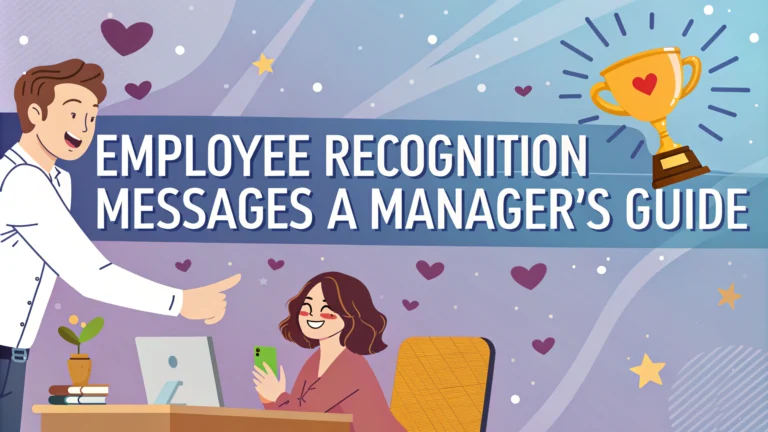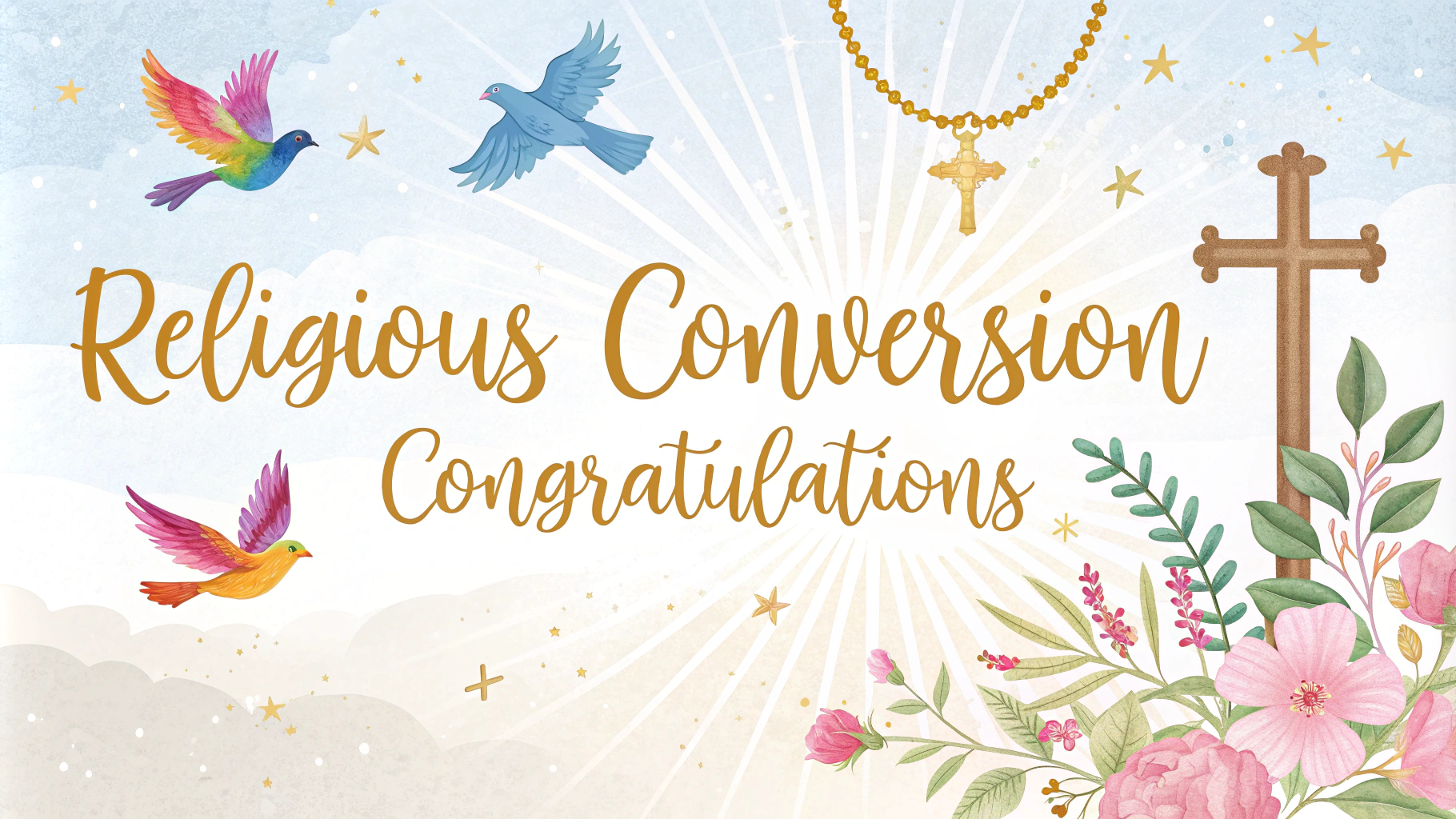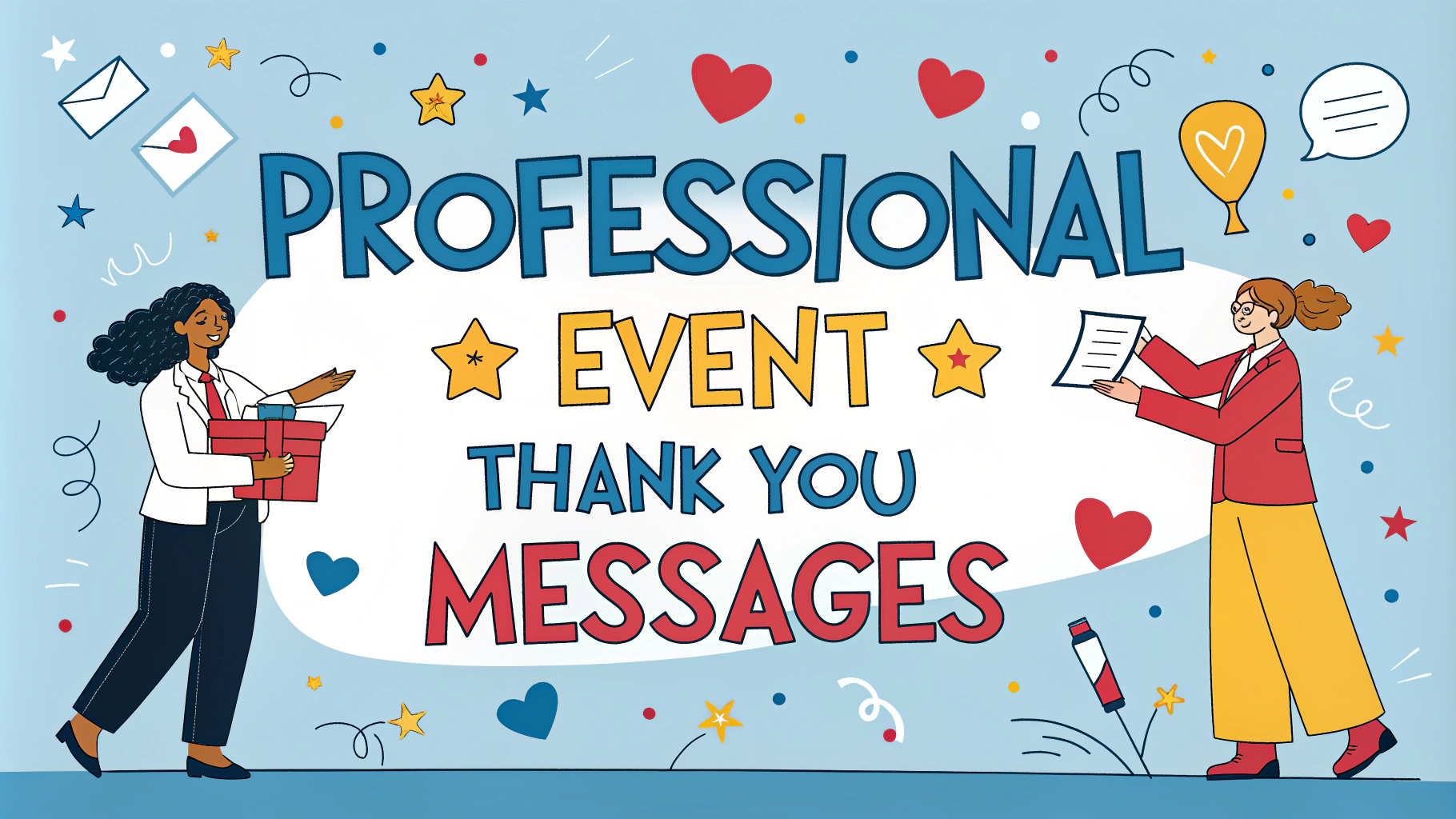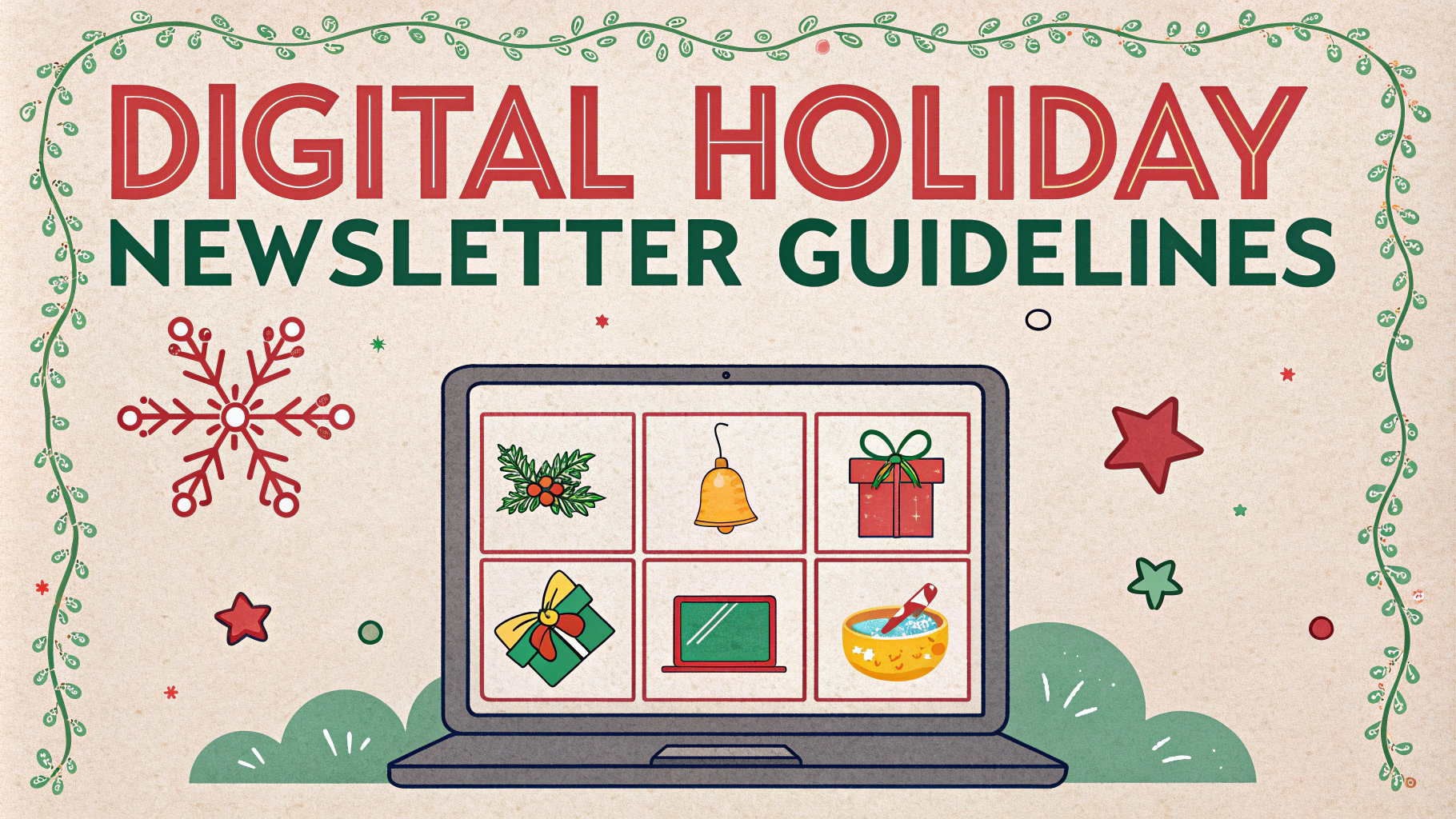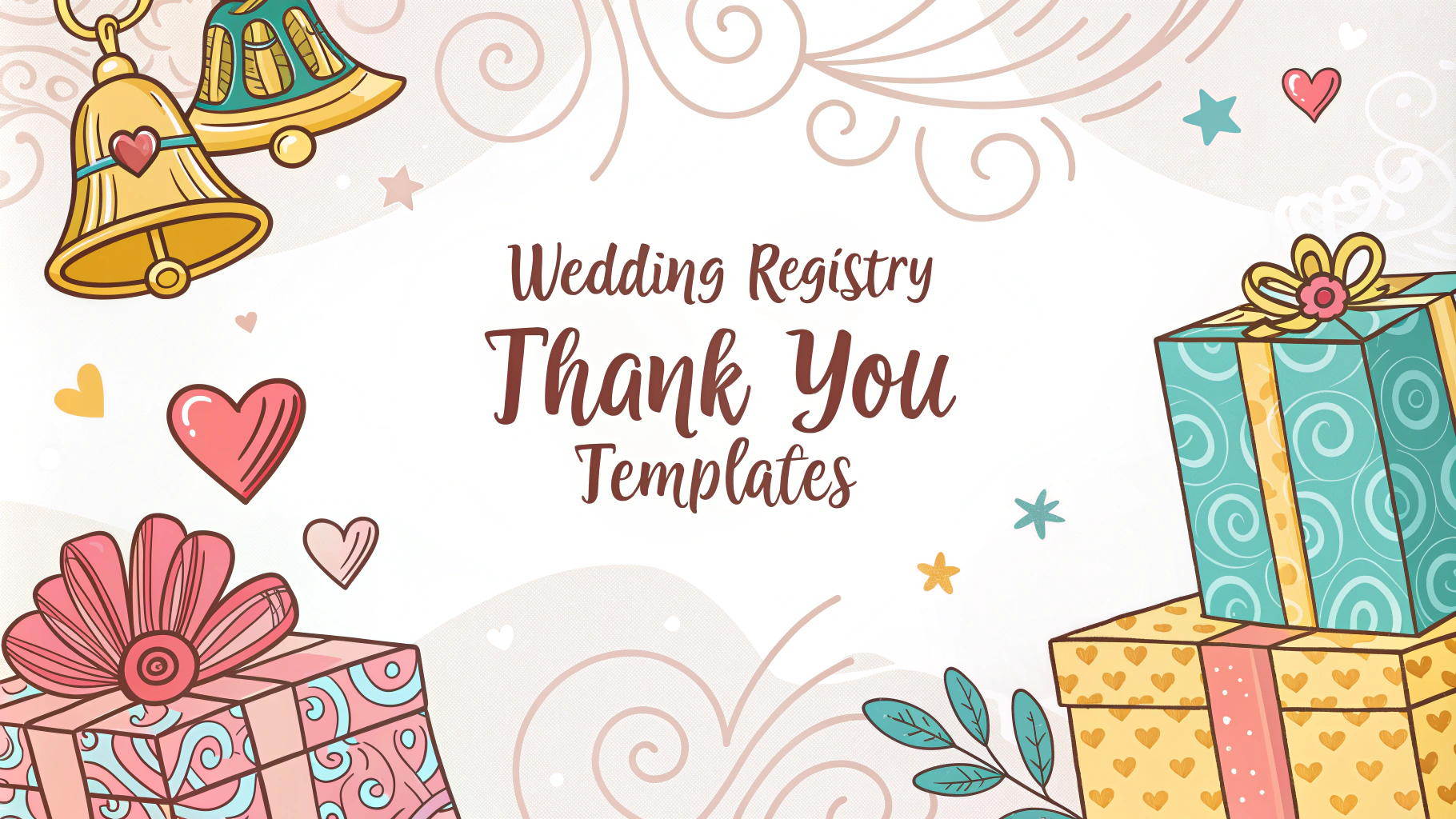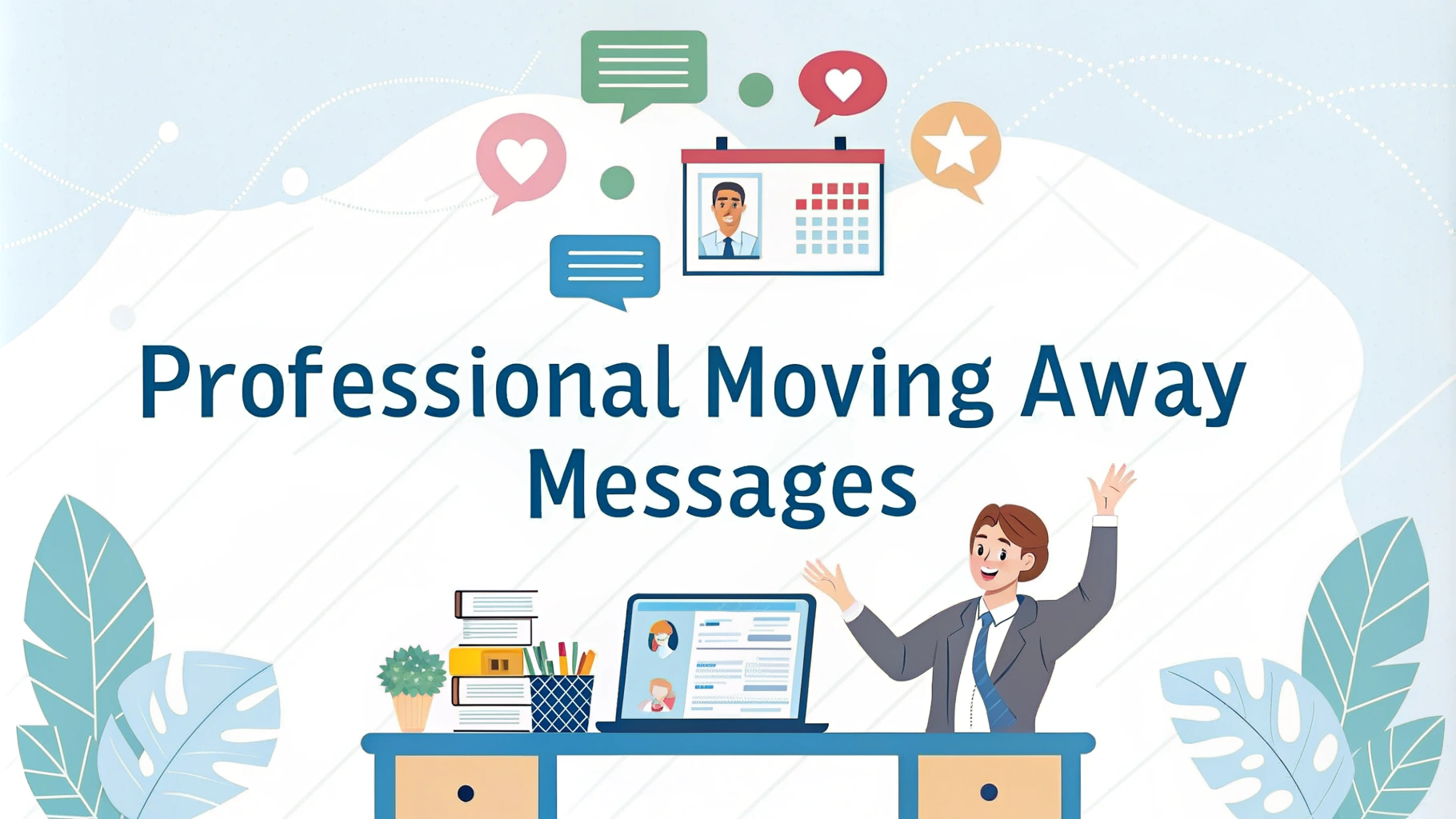Recognition messages are powerful tools for boosting team morale and creating a positive work environment.
This guide shows managers how to write effective employee recognition messages that make a real impact.
Quick Tips for Writing Recognition Messages
- Be specific about the achievement or behavior
- Keep the tone authentic and personal
- Time the message close to the accomplishment
- Include measurable results when possible
- Share the impact on team/company goals
Message Templates by Achievement Type
Project Completion
“[Name], your leadership on the [project name] helped us [specific outcome], demonstrating your exceptional [skill/quality].”
Sales Achievement
“Congratulations [Name] on exceeding your quarterly target by [percentage] – your consistent follow-through with clients sets a great example.”
Innovation/Problem Solving
“[Name], your creative solution for [specific problem] showed great initiative and saved the team [time/resources].”
Best Practices for Delivery
- Public Recognition: Team meetings, company newsletters, internal social platforms
- Private Recognition: One-on-one meetings, personal emails, handwritten notes
- Mixed Approach: Combine public acknowledgment with personal follow-up
Recognition Frequency Guidelines
| Achievement Level | Recognition Type | Suggested Timing |
|---|---|---|
| Daily Tasks | Verbal acknowledgment | Same day |
| Project Milestones | Written message | Within 48 hours |
| Major Achievements | Formal recognition | Next team meeting |
Common Mistakes to Avoid
- Generic messages without specific details
- Delayed recognition
- Focusing only on results, not effort
- Comparing employees to each other
- Overlooking consistent performers
Follow-Up Actions
- Document recognition in performance reviews
- Share success stories with senior management
- Create opportunities for peer recognition
- Track recognition patterns to ensure fairness
For more guidance on employee recognition programs, contact your HR department or visit the Society for Human Resource Management at www.shrm.org.
Impact on Employee Retention
- Regular recognition increases employee engagement by up to 60%
- Recognized employees are 3x more likely to stay with their company
- Positive feedback strengthens manager-employee relationships
- Creates a culture of appreciation and mutual respect
Recognition Across Different Work Models
Remote Teams
Use video messages, virtual celebration rooms, and digital recognition platforms to maintain connection and visibility.
Hybrid Workplace
Combine virtual recognition tools with in-person celebrations to ensure equal acknowledgment regardless of location.
On-Site Teams
Leverage physical recognition boards, team gatherings, and immediate face-to-face feedback.
Measuring Recognition Effectiveness
- Track employee satisfaction scores
- Monitor retention rates pre/post recognition program
- Gather feedback through anonymous surveys
- Assess program participation rates
Conclusion
Effective recognition messages are essential for building a strong, motivated workforce. By following these guidelines, maintaining consistency, and adapting approaches for different work environments, managers can create meaningful recognition programs that drive engagement and retention. Regular evaluation and adjustment of recognition practices ensure continued effectiveness and positive impact on organizational culture.
Remember: Recognition is not just about acknowledging success—it’s about building lasting relationships and fostering a culture of appreciation that drives sustainable business success.
FAQs
- What are the key elements of an effective employee recognition message?
Specific details about the achievement, sincere appreciation, timely delivery, personal touch, connection to company values, and appropriate tone for the workplace. - How often should managers send recognition messages to employees?
Recognition should be given regularly but meaningfully, ideally within 48 hours of noteworthy performance, with a general frequency of at least once per month per employee. - Should recognition messages be public or private?
Both have their place – public recognition for team achievements and major milestones, private messages for personal growth and sensitive matters, considering the employee’s preferences. - What are common mistakes to avoid in employee recognition messages?
Generic messages, delayed recognition, focusing only on results not effort, comparing employees to others, and using inappropriate humor or overly casual language. - How can recognition messages be tied to company values?
Connect the specific behavior or achievement to one or more company values, explaining how the employee’s actions exemplify these principles. - What channels are appropriate for sending recognition messages?
Email, company recognition platforms, team meetings, internal communication tools, handwritten notes, or official company newsletters depending on the context. - How do you write recognition messages for remote employees?
Be extra detailed in describing the impact, use video messages when possible, ensure timezone-appropriate delivery, and maintain regular recognition schedules despite distance. - Should monetary rewards always accompany recognition messages?
No, while monetary rewards can be appropriate for major achievements, sincere verbal or written recognition often carries significant motivational value on its own. - How can recognition messages be customized for different cultures?
Research cultural norms, respect local customs about public praise, consider language preferences, and adapt formality levels according to cultural context. - What metrics can track the effectiveness of recognition messages?
Employee engagement scores, retention rates, performance improvements, feedback surveys, participation in recognition programs, and team morale indicators.
